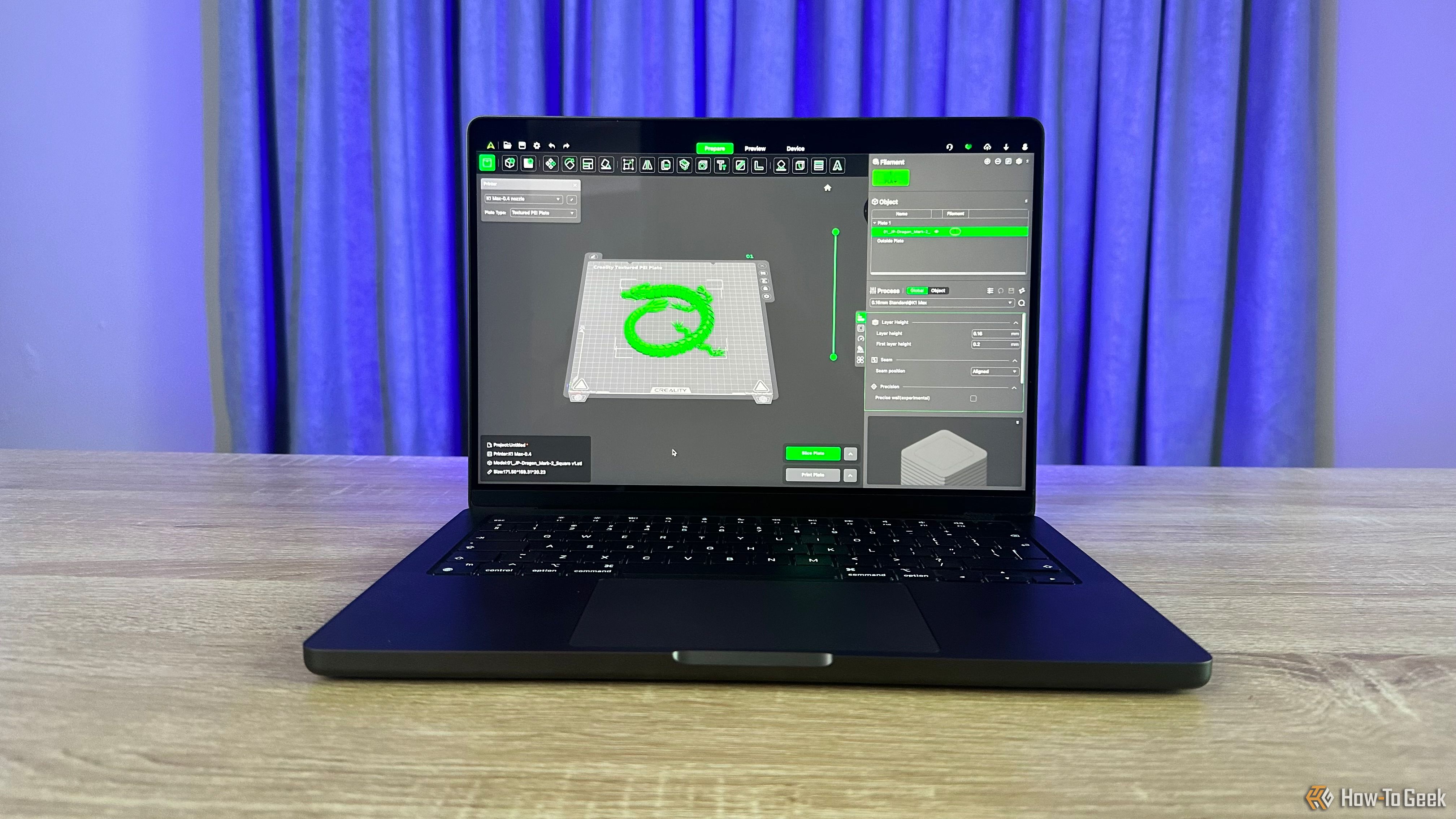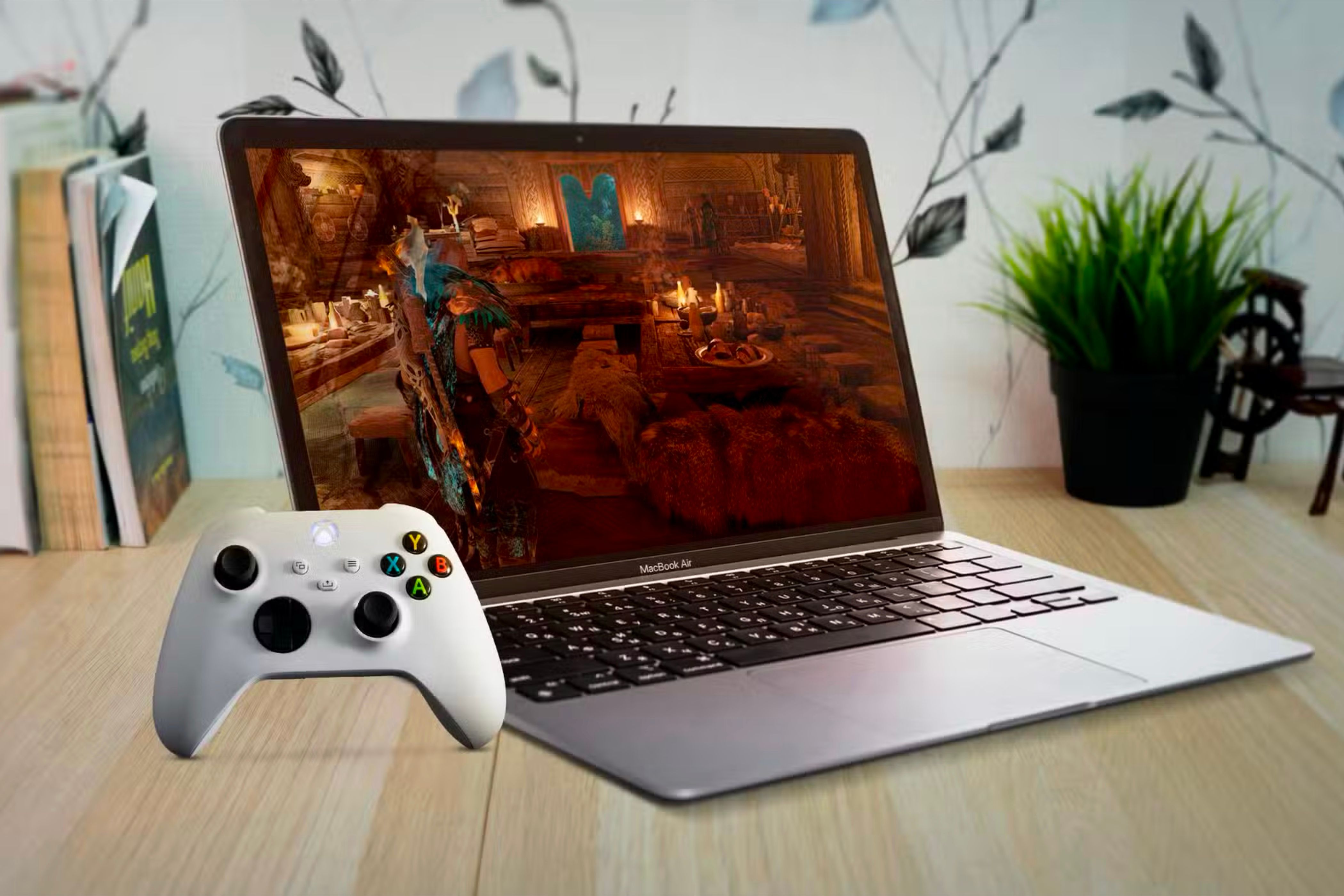Summary
- Apple silicon Macs have the raw horsepower for gaming, with the M4 and M4 Pro chips offering a console-like gaming experience in available triple-A titles.
- macOS lags behind Windows in gaming due to software limitations, poor availability of recent triple-A games, and a small user base.
- Apple should take Valve’s approach and create a Proton-like translation layer, giving owners of Apple silicon Macs a simple, easy to use tool to play Windows games.
Apple silicon Macs are fantastic devices for productivity and surprisingly solid gaming machines. But can they take the fight to Windows, the best PC gaming platform out there? The jury’s still out on this one, but there’s reason for optimism.
The Raw Horsepower Is There
Regarding hardware, Apple silicon Macs enter the ring prepared. The GPU portion found inside the base version of the latest Apple silicon chip, the Apple M4, has enough oomph to run newer triple-A games such as Silent Hill 2 and Cyberpunk 2077 at 1080p with playable frame rates and decent image quality due to having to use FSR upscaling where possible.
Heck, even Hellblade 2, one of the most demanding games out there, is playable on the base M4 if you’re fine with 30FPS frame rate and FSR set to Performance.
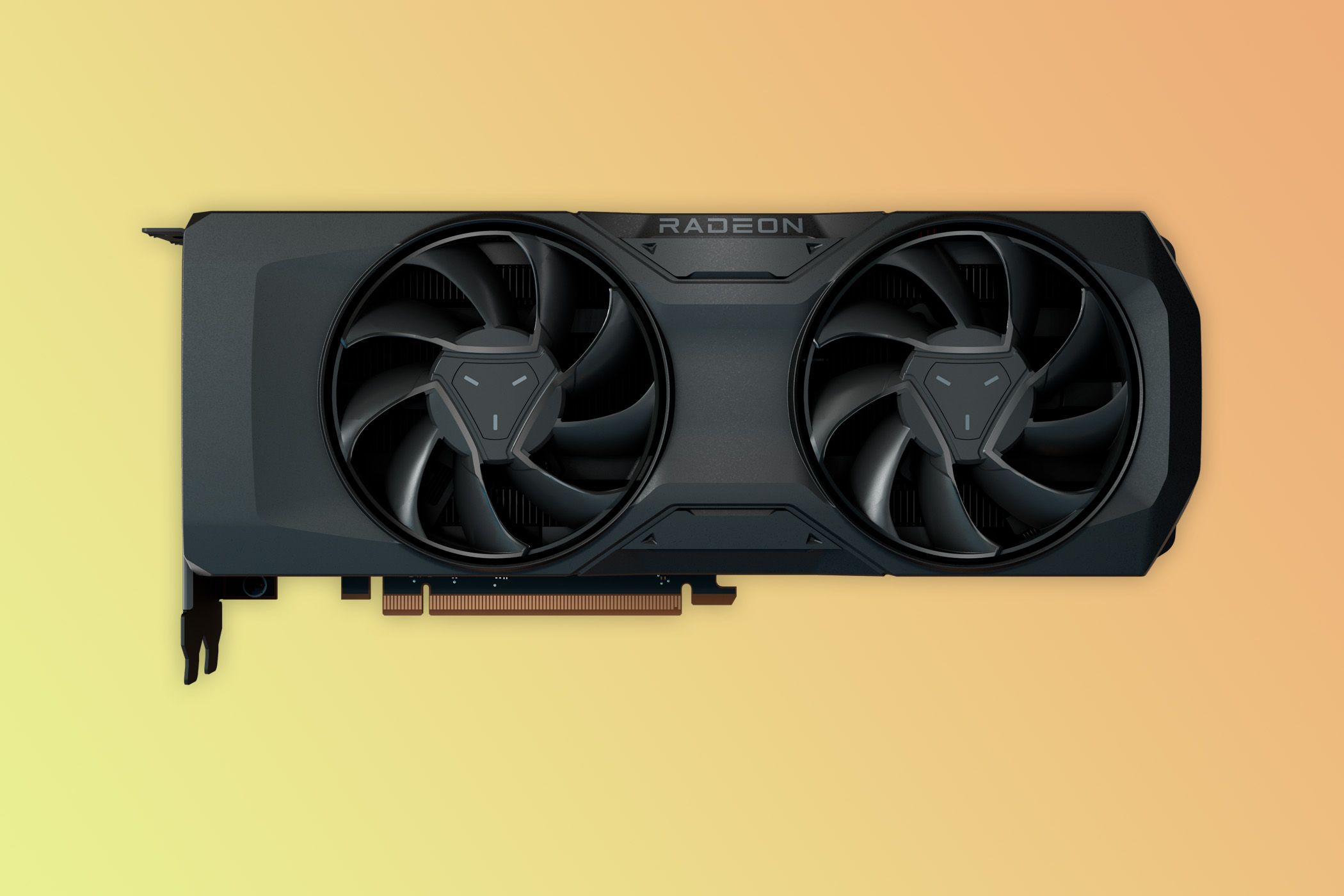
Related
DLSS vs. XeSS vs. FSR: Which Upscaling Technology Should You Choose?
Ready for a crash course in all things upscaling?
The M4 Pro chip, with its 20-core GPU that can deliver gaming performance in the ballpark of the RTX 3050 mobile GPU, offers a better experience than current-gen consoles, in supported games.
You can play Cyberpunk 2077 via CrossOver at native 1440p and high settings with an average frame rate of about 60FPS, which is a pretty darn good result if you ask me. The native version of the game, slated to arrive sometime in 2025, should run even better.
In a nutshell, even the base M4 chip is powerful enough for a console-like, 30-ish FPS experience in newer triple-A games at 1080p, as long as you’re fine with upscaling.
The M4 Pro, on the other hand, can handle 1440p gaming with decent frame rates, a surprisingly respectable result considering its GPU is optimized for productivity workloads, not gaming.
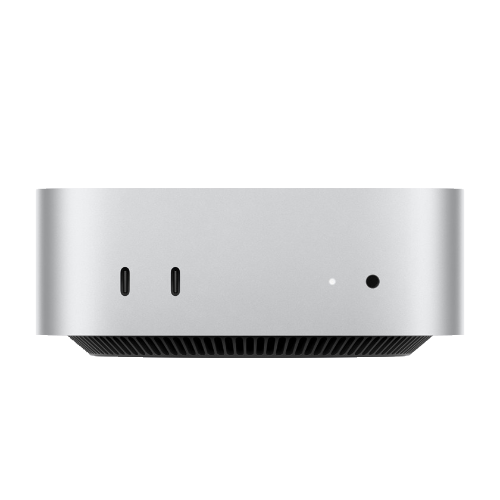
Apple Mac Mini (M4)
Powered by an impressive M4 chip, the redesigned Mac Mini starts with 16GB RAM, 256GB SSD, a 10-core CPU, and a 10-core GPU.
Even better, Macs featuring the base M4 chip, such as the base M4 Mac Mini or the recently released M4 MacBook Air, sell at surprisingly affordable price points and offer plenty of bang for your buck. You don’t have to get an M4 Pro-equipped machine if you’d like to game on your Mac.

Apple MacBook Air 13 (M4, 2025)
The M4 MacBook Air keeps the same slim, lightweight design and vibrant display as its predecessors, but now sports the upgraded M4 chip and a new 12MP Center Stage camera for improved performance and video calling experiences. The performance boost is most noticeable in media handling and AI-driven tasks, while battery life and sound quality remain stellar.
The issue here is that the thing hamstringing Apple silicon Macs’ gaming prowess isn’t hardware, but software.
Unfortunately, macOS Is Miles Behind Windows for Gaming
Now, to be honest, compared to how it fared a decade ago during the era of Intel Macs, macOS is currently in a pretty comfortable spot when it comes to video games.
You’ve got triple-A titles, such as Assassin’s Creed Shadows, simultaneously coming out for Windows and macOS. Thanks to Rossetta 2 and tools such as CrossOver and Whiskey—which, unfortunately, isn’t actively developed anymore—and, to some extent, Parallels, you can play a ton of Windows-only titles on your Apple silicon Mac.
Apple is trying to incentivize more developers to bring their games to Macs by releasing easy-to-use tools such as the Game Porting Toolkit, and macOS has even got a Game Mode that’s more than a marketing stunt.
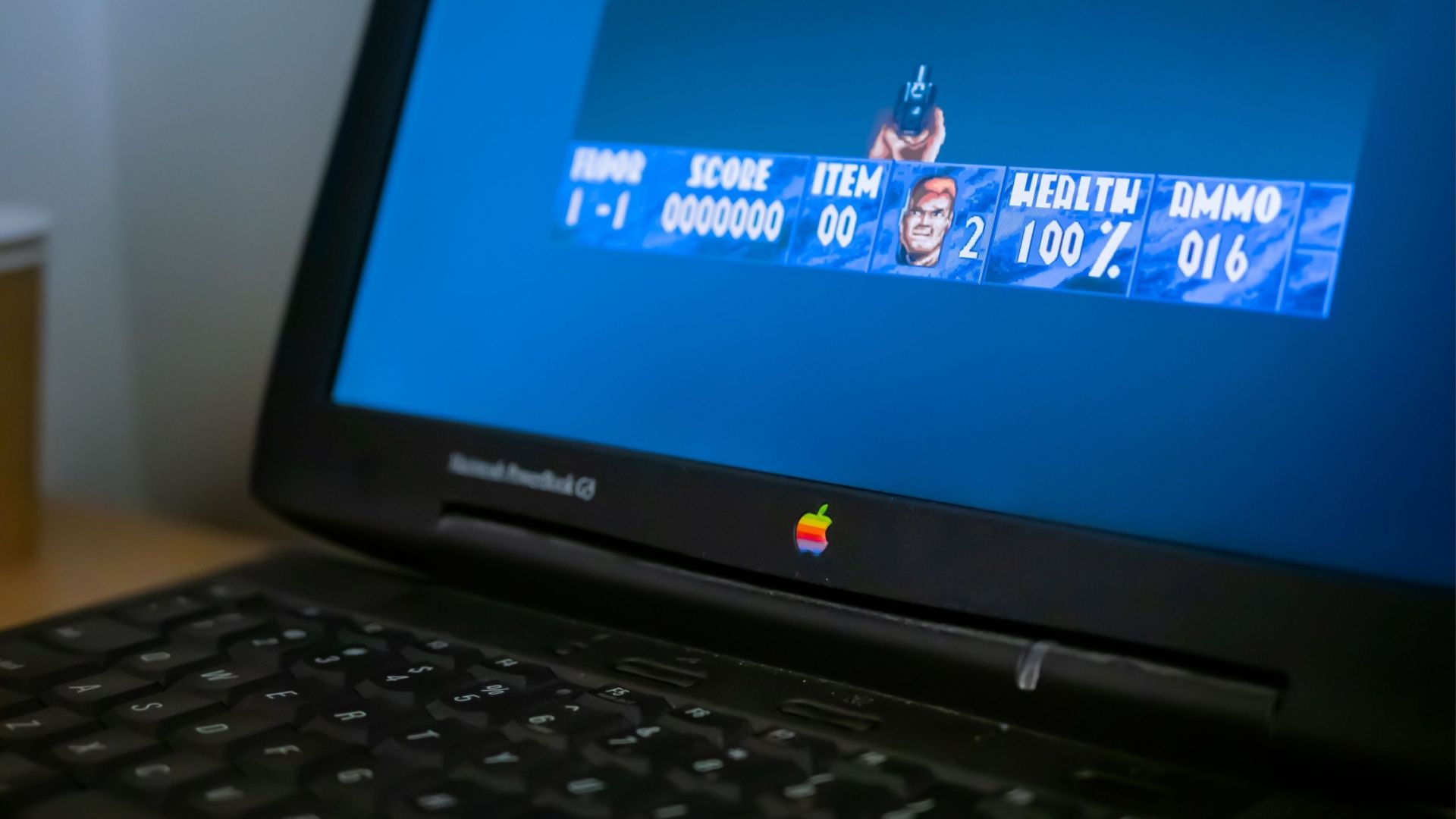
Related
Add the massive iOS game catalog and the fact that more PC game stores are arriving on macOS, and the end result is a more than decent game library that should satisfy many a casual gamer. However, compared to Windows, Apple silicon Macs lack big time in many areas.
For starters, Apple deciding to pursue Metal and ignore Vulkan means developers that want to bring their game to macOS have to deal with yet another graphics API instead of using one that works on other platforms. Deciding to drop support for 32-bit apps didn’t do any favors to gaming on Mac either.
This wouldn’t be so bad if Apple had the numbers to back up its decisions. But, according to the latest Steam hardware survey, only 1.58% of Steam users are on macOS. That’s lower than even Linux, which takes 2.33% of the cake.
Such a small user base isn’t enough to entice developers and publishers to churn out native Mac ports of their games. This especially holds true for large triple-a publishers that put profit in front of everything else.
If the numbers were high enough, I’m certain developers and publishers would go the extra mile and deliver macOS versions of PC games alongside Windows versions. iOS is by far a more popular mobile gaming platform than Android, after all.
Another catch is that PC gamers don’t look at Macs as gaming machines. A huge chunk of Mac owners, even those interested in gaming like myself, are using their Apple computers for productivity, with gaming being a nice bonus but not among primary reasons for getting a Mac.
Many PC gamers, including myself, are staying on Windows despite its many issues and drawbacks compared to Linux or macOS solely because it’s by far the best PC gaming platform.
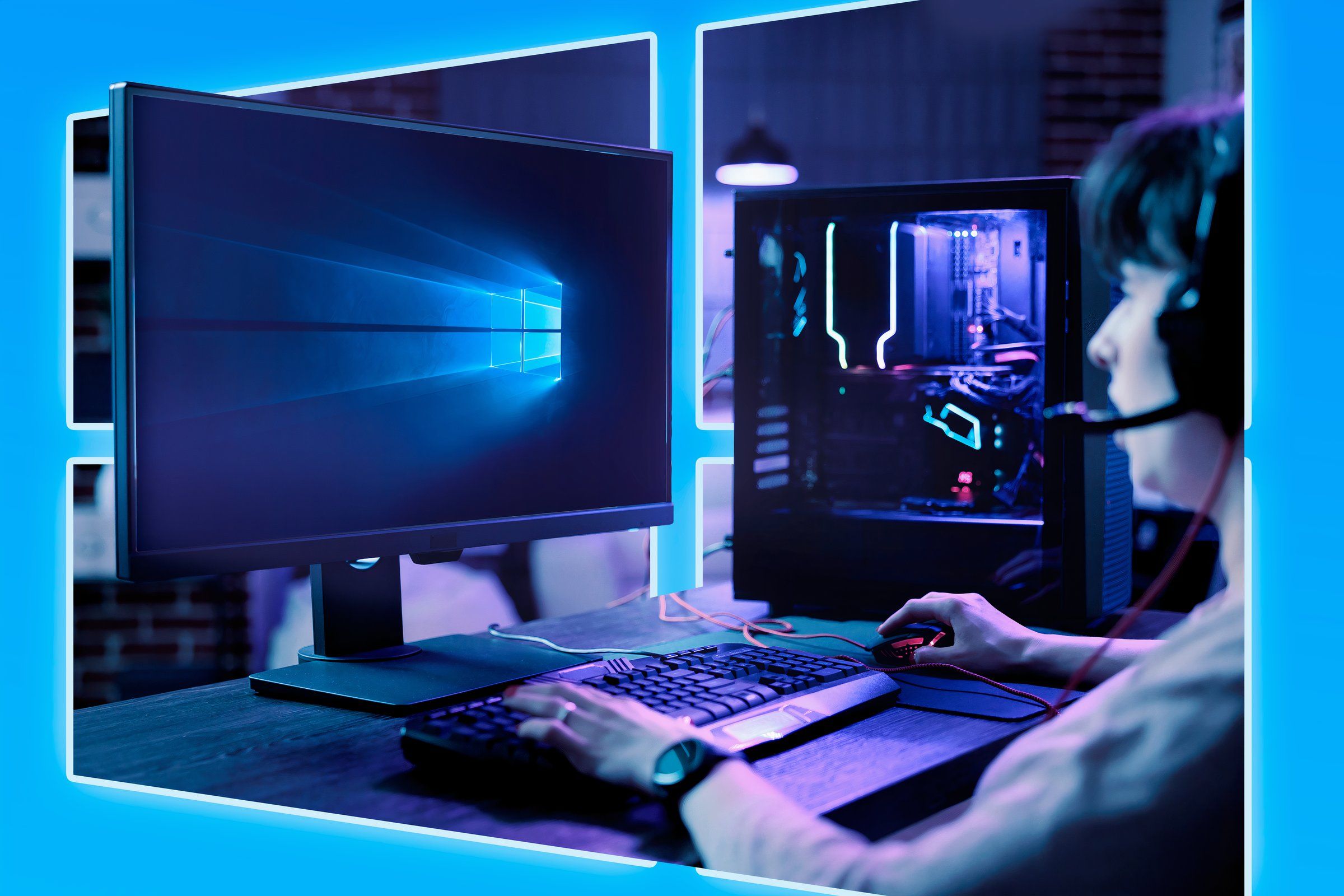
Related
Despite some triple-A titles offering macOS versions simultaneously or shortly after Windows versions, the majority of new titles still take years to arrive to macOS, if they land at all.
Opening the App Store this morning, I was greeted with the announcement that Control, a 2019 title, is finally getting a macOS native version. Cyberpunk 2077, which came out in late 2020 and evolved into one of the most popular PC games ever, is yet to get a native macOS version.
Some of the games that do arrive on macOS promptly can suffer from poor performance. Just look at Assassin’s Creed Shadows, the macOS port of which is in pretty bad shape. It performs so poorly that I wouldn’t even recommend getting this game if the only platform you can play it on is macOS. Baldur’s Gate 3 had worked great for a while, but Patch 7 introduced a ton of performance issues, which are still present even after the release of Patch 8.
On the other hand, Windows gaming is thriving like never before. PC gaming is living through its golden era and has never been more popular than it is right now, with Windows being its main playground.
Every new first-party PlayStation exclusive is bound to come to Windows. PC Game Pass, which is exclusive to Windows, includes every new first-party Xbox title for $12 a month. Despite GPU prices being worse than ever, you can build a budget or mid-range build and enjoy a superior gaming experience compared to consoles for reasonable amounts of money.
Apple Should Adopt Valve’s Approach
Apple silicon Macs and macOS, in general, could transform into gaming powerhouses if Apple changes its course and mimics Valve’s approach.
Instead of stubbornly insisting on the native, “Metal or nothing” way of bringing more games to macOS, Apple should develop a translation layer similar to Proton made specifically for running Windows games on Linux.
Wine on macOS is only kept alive by CodeWeavers and CrossOver, so Apple giving Wine a hand like Valve did and then using portions of it to build a proper gaming-only translation layer could finally transform macOS into a legit gaming platform.
Just look at what happened with Linux thanks to Proton. Nowadays, Linux is a genuine option for PC gamers, as long as they don’t care about multiplayer games with kernel-level anti cheat. Bundles of games that weren’t playable on Linux just a couple of years ago can now run without issues with just a couple of clicks.
We’re even getting gaming-focused distros, such as Bazzite, and Linux as a gaming platform is thriving even though native Linux ports of recent triple-A games are nowhere to be found.

Related
Apple creating a Proton-like tool for running Windows games on macOS and introducing a program similar to Valve’s Deck Verified, accompanied by a website similar to ProtonDB, would drive more PC gamers to Mac. It could even lead them to try making macOS their primary gaming platform, something that’s finally happening over on the Linux side of the fence.
Complementing said translation layer with an OS-level upscaler similar to Microsoft’s Auto SR and making some other gaming-on-macOS-friendly moves could evolve macOS into a legit secondary option for PC gamers, which would be an awe-worthy achievement.
Without Apple offering a first-party tool to run and play Windows games, I don’t see macOS and Apple silicon Macs becoming mainstream PC gaming platforms and taking the fight to Windows.
If Apple keeps the status quo, gaming on macOS will stay a niche within a niche interesting only to tech-savvy Mac owners who’d like to play some games on their Mac and aren’t afraid of getting their hands dirty or paying for tools such as CrossOver now that Whiskey is abandoned.


